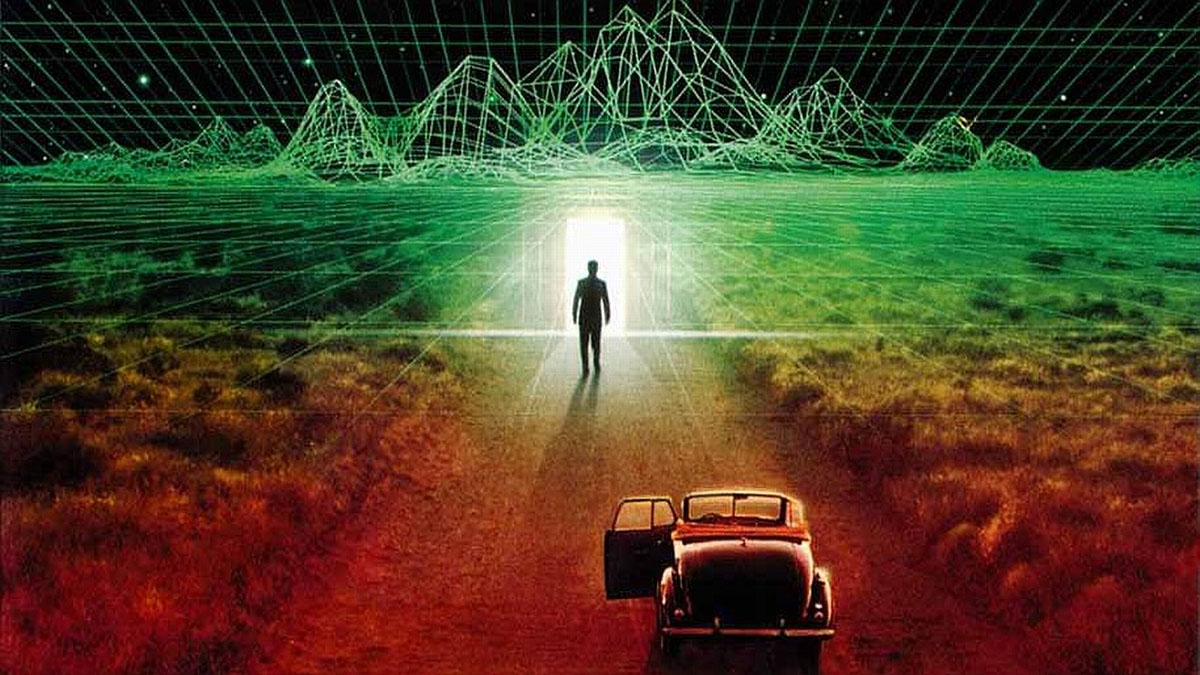is this the real life, is this just a complex cosmological simulation?

Welcome back to yet another installment of the question of whether we’re all just products of an advanced simulation that created an entire universe, but this time, instead of plunging deep into the lore of the Matrix with Moore’s Law hijinks and philosophy, we’ll be hunting for physical proof that the universe is actually a simulation in the realm of quantum chromodynamics. What exactly is quantum chromodynamics? It’s the study of interactions between point particles that make up matter as we know it and its more exotic forms we sometimes glimpse when we smash atoms with enough force. How these particles interact basically defines what is and isn’t possible across the entire universe because without their fluctuations, the cosmos would still be a zoo of particles in no way, shape, or form resembling the planets, stars, and galaxies we know and love today. So the big question is whether those point particle interactions have a very telling limit and what this limit could tell us about the underlying nature of the universe.
One idea is that these limits should fit a three dimensional lattice around the interaction, which essentially means that interactions between point particles should fit into a predictable model on which other interactions can be neatly stacked. Since the authors of the idea in question aren’t computer scientists, they refer to this packet of quantum information as a cubical lattice. Being a computer person, I would refer to it as a voxel; it’s a three dimensional pixel which makes up the environment in which the simulation should take place. Think of Minecraft but with blocks on the smallest possible scale we know how to measure, a scale on which point particles would be as big as ants while atoms would be the size of buildings. This is essentially what the researchers are talking about when considering if our universe is a simulation; countless tiny voxels moving through a mind-bendingly complex simulation governed by exotic math of a computing device of unknown power, origin, purpose, and accuracy, defining the laws of physics we can detect.
But how does one prove that we live in a simulated environment and the limits of point particle interactions don’t simply happen to fall into a voxel on their own? Doesn’t the whole idea rest on circular logic? The voxels should have an energy limit of Ψ and if the quarks and gluons that we measure have an energy limit of Ψ they are voxels? Something just does not add up here. If we try to control the state of something virtual, we have to expend a lot of energy to do it. Today, it takes a supercomputer to simulate the behaviors seen in a cube of space barely big enough to fit a few simple atoms. If we want to do even a simple byte flip, we have to conduct a current that will be converted into 0s and 1s. Even on a quantum computer we’ll need to apply a good bit of energy to keep the qubits in a state we can manipulate. So if a universe is being simulated with some sort of a hypercomputer, it requires an immense amount of energy to run, even if all the supernovae and galactic collisions are just instructions on a stack.
Who would have such energy generation capabilities and why would anyone decide to simulate the universe in such detail? Simulations are best when they focus on the specific things to model at the appropriate level of abstraction. When researchers look at virtual galaxy collisions, they don’t spend the computing power and electricity to model the position of each star because they don’t really need to know where each star moves for the purposes of seeing how galaxies affect each other. They’re concerned about the overall shape of merging galactic arms so exact details of every solar system involved would only slow the simulation down. Likewise, a simulation of an entire universe down to the detail of a point particle doesn’t seem to make much sense unless the simulation’s goal is to create something like Laplace’s Demon, which we can do with enough computing grunt but will mean little in the real world. Beyond that, we get into philosophical and abstract questions like who designed the simulation and if their universe is a simulation too. And we’ll quickly arrive at the First Cause dilemma on rather shaky grounds. Not exactly the place a scientific proposal wants to end up when taken through its implied consequences…
See: Silas R. Beane, Zohreh Davoudi, & Martin J. Savage (2012) Constraints on the universe as a numerical simulation, arXiv: 1210.1847v1





